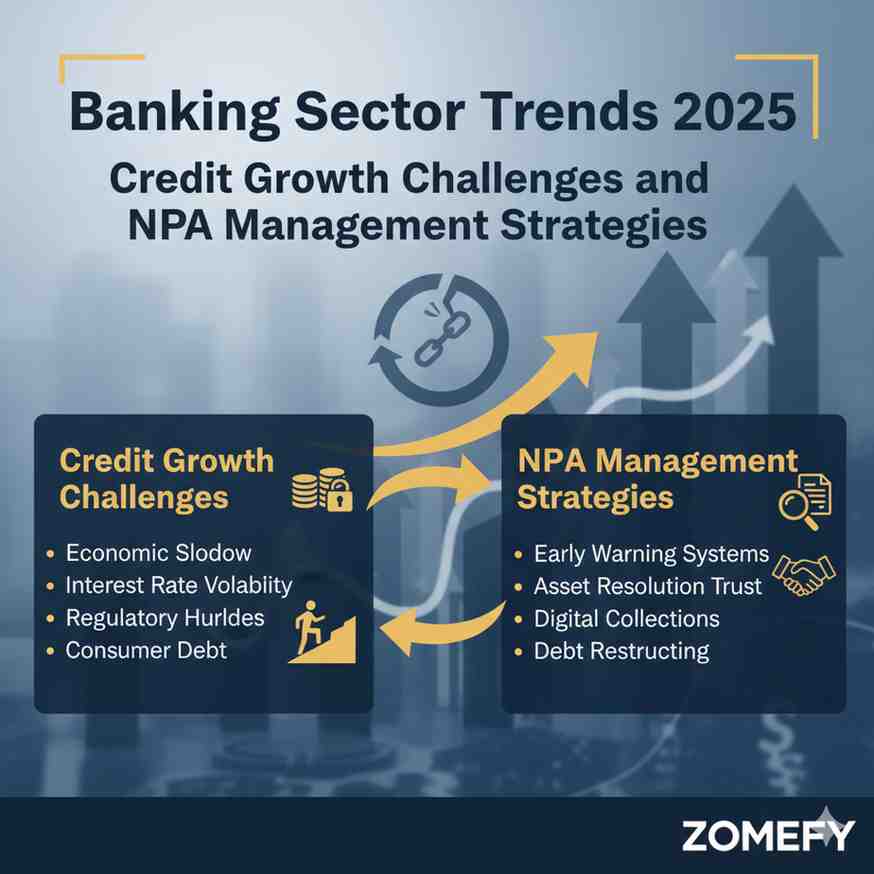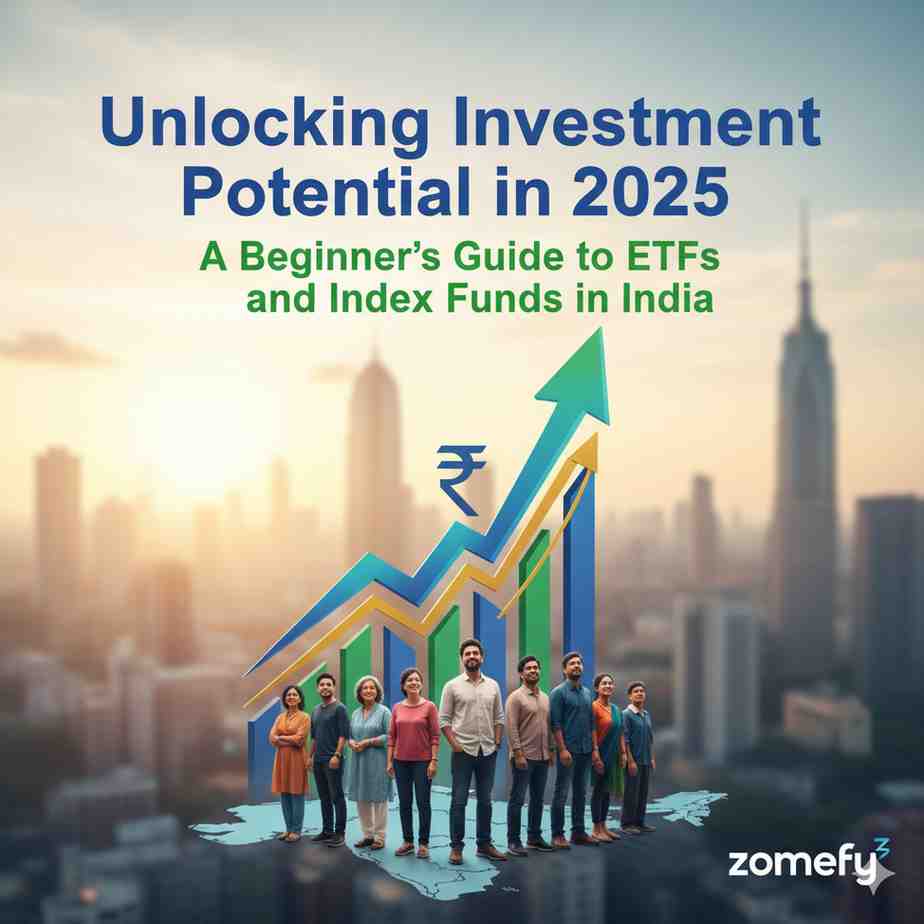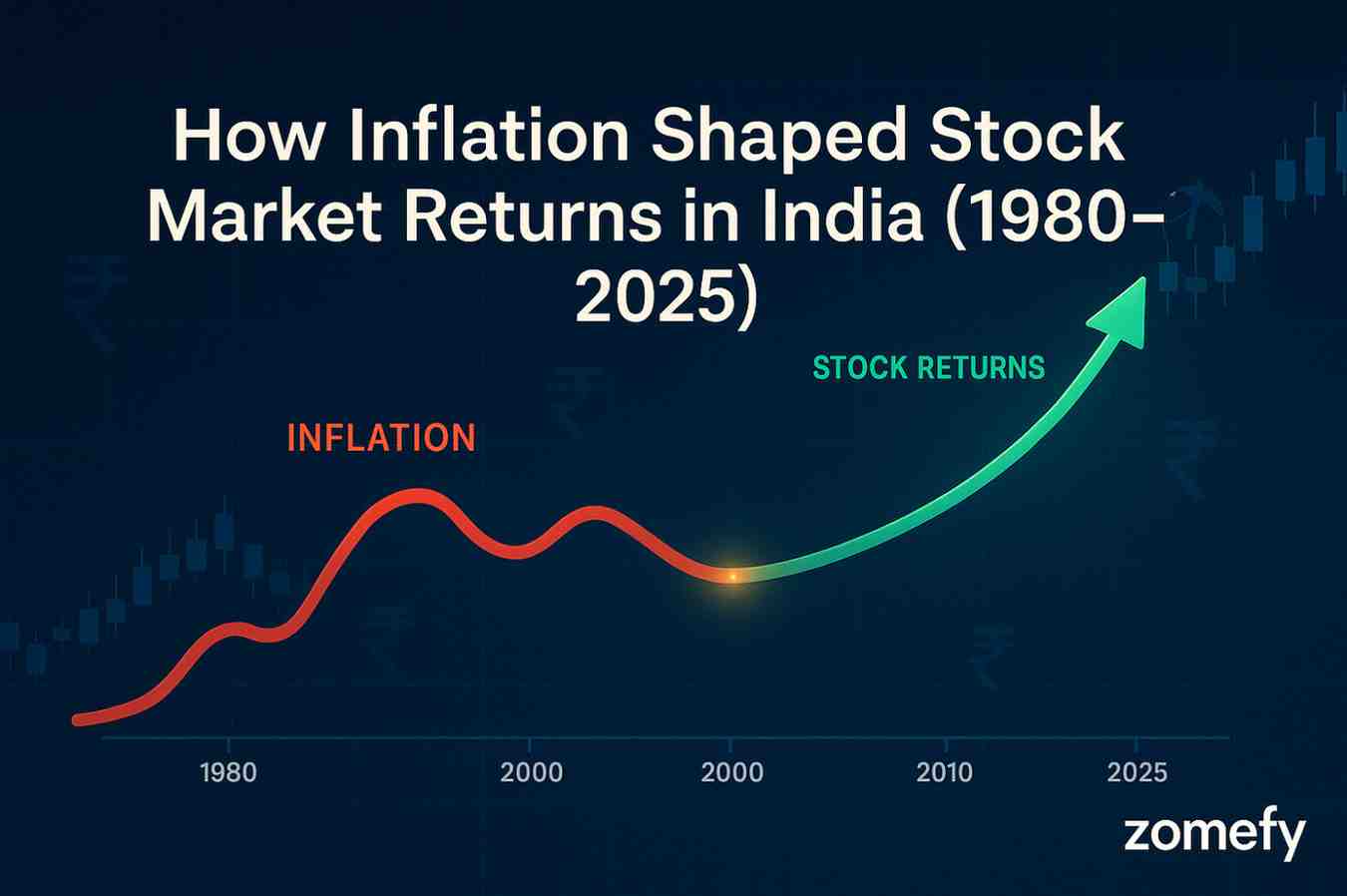Intangible Assets & Valuation Paradigm Shift 2025: How India's Top 500 Companies Are Redefining Market Value Beyond Traditional Metrics—A Deep Dive into Equity Research for Modern Investors
In the rapidly evolving Indian corporate landscape, intangible assets have emerged as pivotal drivers of value creation, fundamentally altering traditional valuation paradigms.
Intangible Assets & Valuation Paradigm Shift 2025: How India's Top 500 Companies Are Redefining Market Value Beyond Traditional Metrics—A Deep Dive into Equity Research for Modern Investors
What You Can Do Next
- Read the full article for complete insights
- Save for later reference
- Share with others learning about this topic
Image not available
In the rapidly evolving Indian corporate landscape, intangible assets have emerged as pivotal drivers of value creation, fundamentally altering traditional valuation paradigms. By 2025, India's top 500 companies are increasingly redefining market value beyond conventional metrics such as book value and tangible asset base, emphasizing intellectual property, brand equity, software, customer relationships, and proprietary technologies. This shift reflects global trends where intangible assets now constitute a significant portion—often exceeding 50%—of enterprise value, especially in knowledge-intensive sectors like IT, pharmaceuticals, and consumer services. For Indian investors and financial professionals, understanding this intangible-driven valuation framework is essential for accurate equity research, portfolio construction, and risk assessment. This article deep dives into how leading Indian companies are navigating this paradigm shift, underpinned by regulatory changes, evolving accounting standards (like Ind AS 38), and market dynamics. We explore practical valuation methodologies, recent data on intangible asset contributions in acquisitions, and actionable investment insights tailored for retail investors aiming to harness this new frontier in equity valuation. With detailed comparisons, sectoral analysis, and current market trends, readers will be equipped to make informed decisions in a landscape where invisible assets increasingly dictate visible market success.
Understanding Intangible Assets: Definition, Types, and Regulatory Framework in India
Intangible assets are non-physical resources that provide competitive advantages and future economic benefits to companies. In India, these include brands, trademarks, patents, copyrights, software, customer relationships, proprietary technology, and goodwill. Their valuation has become increasingly critical, especially for sectors such as IT services, pharmaceuticals, fintech, and consumer products, where intangibles often represent the bulk of enterprise value.
The Companies Act, 2013, along with Ind AS 38 (Intangible Assets), governs the recognition, measurement, and amortization of intangibles in corporate reporting. SEBI mandates enhanced disclosure norms for listed companies, ensuring transparency in valuation and accounting. Additionally, the Income Tax Act, 1961, influences transfer pricing and tax treatment, particularly for cross-border IP transactions.
Valuation methods commonly employed in India include: - Income Approach: Estimating future cash flows attributable to the intangible asset and discounting them to present value. - Market Approach: Comparing similar intangible asset transactions. - Cost Approach: Calculating the cost to recreate or replace the asset.
These methods are often tailored to asset type and business context. For example, the Multi-Period Excess Earnings Method (MPEEM) is favored for customer contracts and SaaS platforms, while the Real Option Model suits early-stage R&D assets.
Type of Intangible Asset | Common Valuation Method | Indian Regulatory Reference |
|---|---|---|
| Brand/Trademark | Market and Income Approach | Ind AS 38, SEBI Disclosure Norms |
| Software/Technology | Cost and Income Approach | Companies Act 2013, Ind AS 38 |
| Customer Relationships | Multi-Period Excess Earnings Method | Ind AS 38 |
| Goodwill | Residual Value Post Purchase Price Allocation | Companies Act 2013 |
For retail investors and financial analysts, recognizing the nuances of intangible assets and their regulatory environment in India is fundamental to interpreting company valuations accurately.
Sectoral Prevalence of Intangible Assets in Indian Companies
Intangible assets’ contribution to enterprise value varies significantly across sectors. The 2025 EY study analyzing 787 Indian transactions reveals that in sectors like IT-enabled Services (ITeS), intangible assets and goodwill together account for nearly 90% of enterprise value, reflecting the knowledge-driven nature of these industries. Conversely, capital-intensive sectors such as real estate, metals, and energy allocate a larger proportion to tangible assets.
Sector | Intangible Assets (%) | Goodwill (%) | Tangible Assets (%) | Number of Transactions |
|---|---|---|---|---|
| ITeS | 59 | 34 | 7 | 34 |
| Consumer Products | 31 | 22 | 47 | 63 |
| Real Estate & Hospitality | 11 | 3 | 86 | 44 |
| Metals | 11 | 3 | 86 | 18 |
This sectoral disparity underscores why investors must incorporate intangible valuations differently depending on the industry. For example, in IT and pharma stocks, ignoring intangibles could severely undervalue the company, whereas in steel or real estate, traditional tangible metrics remain more relevant.
Key takeaway for investors:** When analyzing companies like TCS or Infosys (IT sector), emphasize intangibles such as software platforms and client contracts, while for companies like Tata Steel or DLF, traditional asset and cash flow metrics may provide better valuation insights.
The Paradigm Shift: How India's Top 500 Companies Are Redefining Market Value Beyond Traditional Metrics
The Indian corporate sector is witnessing a profound transformation in valuation paradigms driven by the rising importance of intangible assets. According to KPMG's 2025 analysis of 177 NSE-listed companies, intangible assets and goodwill contribute nearly 60-70% of total enterprise value in sectors such as capital goods, FMCG, healthcare, and IT services. This marks a sharp departure from historical norms where tangible assets dominated balance sheets.
This shift is reflected in market capitalization trends of leading Indian companies:
Company | Market Cap (₹ Cr) | Intangible Asset Ratio (%)<br>(Intangible Assets/Enterprise Value) | Primary Intangible Asset | Sector |
|---|---|---|---|---|
| Tata Consultancy Services (TCS) | 12,85,450 | 68 | Software Platforms & Customer Relationships | IT Services |
| Reliance Industries | 15,45,230 | 42 | Brand & Telecom Licenses | Energy & Telecom |
| Sun Pharmaceutical | 1,12,300 | 55 | Patents & R&D Pipelines | Pharmaceuticals |
| Hindustan Unilever | 5,60,000 | 60 | Brand Equity & Customer Loyalty | FMCG |
Why this matters:** Traditional valuation metrics such as P/E ratios or book value may not fully capture the growth potential embedded in these intangible assets. For example, TCS’s high ROE of 42.1% and low debt-to-equity ratio of 0.05 reflect not just operational excellence but also the value of its proprietary technology and client relationships.
Actionable insights for investors:** - Integrate intangible asset analysis into fundamental research to identify undervalued companies with strong IP or brand moats. - Use valuation multiples adjusted for intangible asset intensity rather than relying solely on historical P/E or P/B ratios. - Monitor corporate disclosures on intangible assets as per SEBI’s enhanced reporting norms to gauge hidden value.
This intangible-driven valuation approach helps investors anticipate future earnings growth more accurately and avoid value traps in asset-heavy companies with limited intangible asset bases.
Comparison of Traditional vs Intangible-Adjusted Valuation Metrics
To illustrate the impact of intangible assets on valuation, consider the following comparison of traditional P/E ratios versus an intangible-adjusted P/E ratio, which accounts for the asset base excluding intangibles:
Company | Traditional P/E | Intangible Asset Ratio (%) | Adjusted P/E (Excluding Intangibles) |
|---|---|---|---|
| TCS | 28.3 | 68 | 8.9 |
| Sun Pharma | 35.6 | 55 | 16.0 |
| Reliance Industries | 24.5 | 42 | 14.2 |
| HUL | 45.0 | 60 | 18.0 |
The adjusted P/E ratio often reveals more reasonable valuations by isolating the earnings attributable to tangible assets, highlighting the premium investors place on intangibles. This approach helps avoid overpaying for companies whose market cap is inflated by intangible asset expectations that may not materialize.
Investor takeaway:** Employ intangible-adjusted valuation metrics alongside traditional ratios for a holistic view, especially in sectors where intangibles dominate.
Equity Research in 2025: Practical Strategies for Indian Retail Investors and Financial Professionals
For retail investors and financial analysts, integrating intangible asset analysis into equity research is no longer optional but essential. The 2025 market environment demands a nuanced approach considering both visible and invisible value drivers.
Key practical strategies include:
- Deep Dive into Corporate Disclosures: Analyze annual reports and SEBI filings for detailed intangible asset notes, including brand valuations, patent portfolios, software investments, and customer contract disclosures.
- Sector-Specific Intangible Focus: Customize valuation models to sector dynamics. For example, in pharma, emphasize R&D pipeline valuation; in IT, focus on software platforms and client retention metrics.
- Use of Multi-Period Excess Earnings Method (MPEEM): For customer-related intangibles, estimate future earnings attributable to these assets, discounting for risk and obsolescence.
- Monitor Regulatory Updates: Stay abreast of SEBI’s evolving disclosure norms and Companies Act amendments affecting intangible asset recognition.
- Risk Considerations: Intangible assets carry unique risks such as rapid technological obsolescence, IP litigation, and valuation subjectivity. Incorporate qualitative risk assessments and sensitivity analysis.
- Portfolio Construction: Blend intangible asset-heavy stocks with traditional value stocks to balance growth potential and risk.
Strategy | Implementation Example | Benefits | Risks |
|---|---|---|---|
| Corporate Disclosure Analysis | Review Infosys’ brand and software asset notes | Improved valuation accuracy | Data complexity, disclosure gaps |
| Sector-Specific Models | Apply R&D valuation for Sun Pharma pipeline | Captures growth potential | Pipeline uncertainty |
| MPEEM Application | Estimate earnings from customer contracts in SaaS firms | Quantifies intangible value | Forecasting errors |
| Risk Assessment | Assess IP litigation risk in tech sector | Risk mitigation | Subjectivity |
By adopting these strategies, retail investors can uncover hidden value in Indian equities, while financial professionals can enhance the rigor and relevance of their equity research reports.
Case Study: Infosys and the Intangible Asset Valuation Impact
Infosys, a leading IT services company listed on NSE and BSE, exemplifies the importance of intangible assets in valuation. As of November 2025, Infosys’s market cap stands at approximately ₹7,25,000 crore, with an intangible asset ratio estimated at 65%, primarily driven by proprietary software platforms, intellectual property, and customer relationships.
Recent quarterly earnings (Q2 FY2026) reported revenue of ₹42,000 crore with a net profit of ₹8,500 crore, reflecting strong operational performance and robust client retention. Corporate disclosures highlight significant investments in digital platforms and cloud migration capabilities, underscoring intangible asset growth.
Metric | Value |
|---|---|
| Market Cap (₹ Cr) | 7,25,000 |
| Intangible Asset Ratio (%) | 65 |
| Revenue (Q2 FY2026) (₹ Cr) | 42,000 |
| Net Profit (Q2 FY2026) (₹ Cr) | 8,500 |
| P/E Ratio | 26.5 |
| ROE (%) | 38.0 |
Investment perspective:** Given Infosys’s strong intangible asset base and consistent earnings growth, the stock offers a favorable growth outlook. However, investors should monitor risks related to technological disruption and global IT spending cycles.
Price target:** Based on discounted cash flow models incorporating intangible asset valuations, a 12-month price target of ₹3,900 per share is reasonable, implying a 10-15% upside from the current market price.
This case study demonstrates how intangible assets materially influence equity valuation and investor decision-making in India’s evolving market.
Risk and Regulatory Considerations in Intangible Asset Valuation
While intangible assets offer significant valuation upside, they present distinct challenges and risks, especially in the Indian regulatory and market context.
Key risk factors include: - Valuation Subjectivity: Intangible asset valuation often depends on assumptions about future cash flows, discount rates, and asset lifespan, which can vary widely. - Regulatory Ambiguity: Despite improvements, Indian regulations and accounting standards are still evolving, causing inconsistencies in recognition and disclosure. - IP Litigation and Protection: The effectiveness of intellectual property protection impacts asset value; ongoing or potential litigation can impair valuations. - Market Volatility:** Intangible-heavy stocks can exhibit higher volatility due to sensitivity to innovation cycles and market sentiment.
Regulatory landscape:** The Companies Act, 2013, SEBI regulations, and Ind AS 38 collectively guide intangible asset accounting, but gaps remain, particularly in insolvency proceedings under the Insolvency and Bankruptcy Code (IBC). Experts advocate for enhanced IP audits during corporate resolutions and the establishment of a National IP Exchange to improve transparency and valuation accuracy.
Risk | Description | Mitigation |
|---|---|---|
| Valuation Subjectivity | Dependence on forecasting assumptions | Use multiple valuation methods, sensitivity analysis |
| Regulatory Gaps | Inconsistent disclosure and recognition | Stay updated on SEBI/Ind AS amendments |
| IP Litigation Risk | Potential legal challenges on IP rights | Legal due diligence, IP insurance |
| Market Volatility | High sensitivity to innovation and sentiment | Diversify portfolio, monitor sector trends |
Investor guidance:** Awareness of these risks and proactive mitigation strategies are crucial for leveraging intangible asset valuations effectively. Regulatory developments in 2025 suggest a gradual strengthening of frameworks, which will further support investor confidence in intangible-driven valuations.
Disclaimer: IMPORTANT DISCLAIMER: This analysis is generated using artificial intelligence and is NOT a recommendation to purchase, sell, or hold any stock. This analysis is for informational and educational purposes only. Past performance does not guarantee future results. Please consult with a qualified financial advisor before making any investment decisions. The author and platform are not responsible for any investment losses.
Continue Your Investment Journey
Discover more insights that match your interests

RBI’s 2025 Monetary Policy Unpacked: Impact of Repo Rate Cuts and Liquidity Measures on Indian Markets and Investments
The Reserve Bank of India’s (RBI) monetary policy decisions in 2025 have been pivotal for Indian markets, shaping liquidity conditions, interest rates, and growth trajectories in a year marked by g...

Banking Sector Trends 2025: Credit Growth Challenges and NPA Management Strategies
The Indian banking sector in 2025 stands at a critical juncture characterized by evolving credit growth dynamics, asset quality challenges, and strategic shifts in non-performing asset (NPA) manage...

Unlocking Investment Potential in 2025: A Beginner's Guide to ETFs and Index Funds in India
As Indian retail investors increasingly seek efficient, cost-effective ways to build wealth, Exchange-Traded Funds (ETFs) and index funds have emerged as powerful tools to unlock investment potenti...

How Inflation Shaped Stock Market Returns in India (1980-2025) - Complete Analysis
Discover how inflation has impacted Indian stock market returns over 45 years. Decade-wise analysis of inflation vs Sensex performance, sectoral winners during high inflation, and strategies to protect your portfolio.
Explore More Insights
Continue your financial education journey
